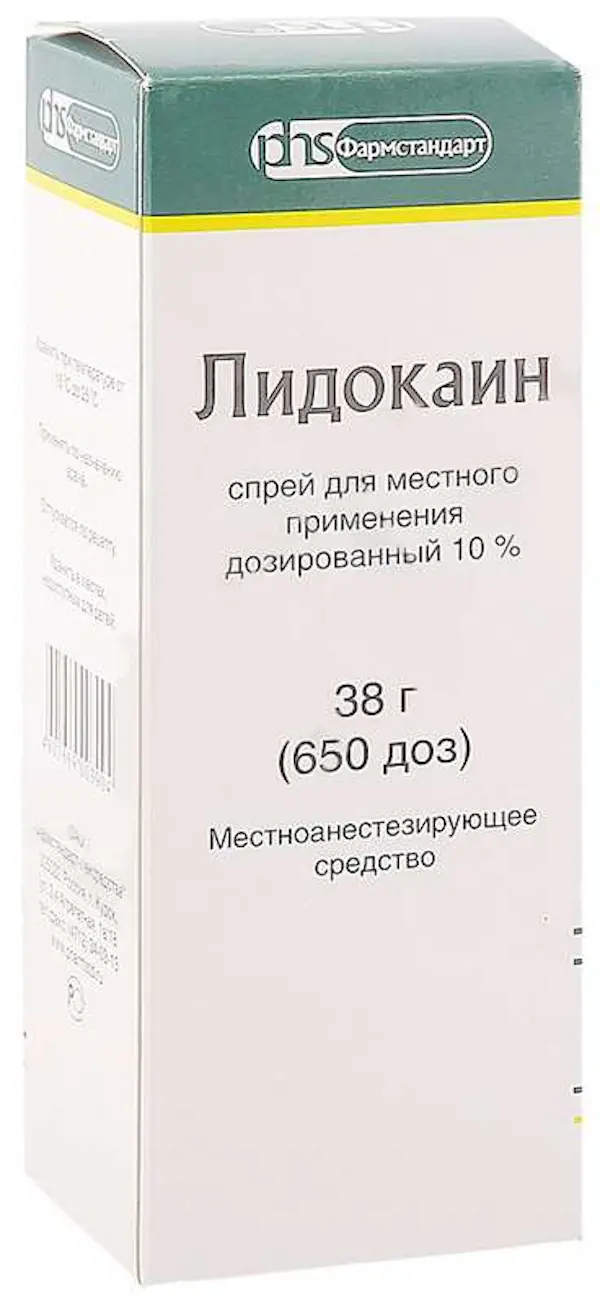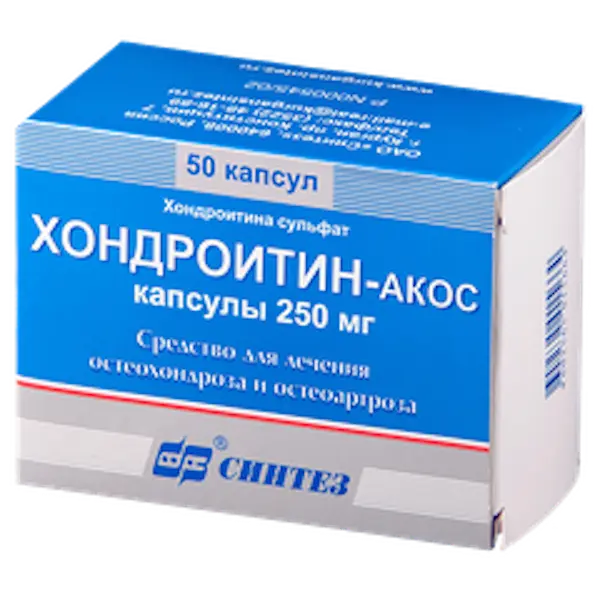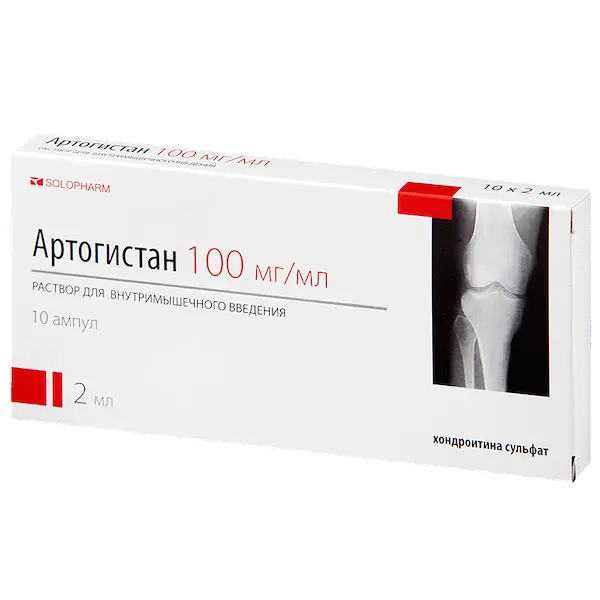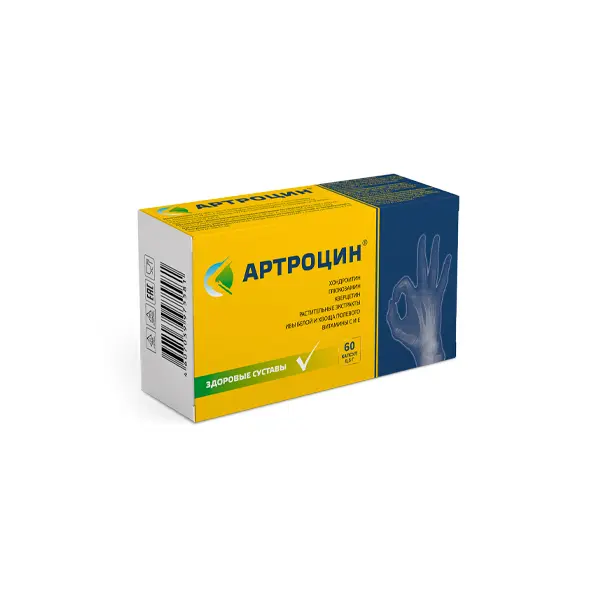Description
Lidocaine Pharmacodynamics
Local anesthetic effect is caused by blockade of voltage-dependent sodium channels, which prevents generation of impulses in the endings of sensitive nerves and conduction of pain impulses through nerve fibers. When used locally it dilates blood vessels and has no local irritating effect. It has analgesic effect.
The effect develops 1-5 minutes after application to mucous membranes or skin and lasts 30-60 minutes.
Indications
Terminal (surface) anesthesia of mucous membranes: in dentistry (anesthetization of injection area before local anesthesia, suturing of mucous membranes, removal of mobile milk teeth, scaling, anesthesia of gums before fixation of crowns or bridges, in children during excision of frenulum and opening of salivary gland cysts), otorhinolaryngology (surgery on the septum, electrocoagulation, etc.), obstetrics and gynecology. In the field of obstetrics and gynecology (episiotomy and incision treatment, removal of sutures, interventions on the vagina and cervix, etc.); in instrumental and endoscopic examinations (insertion of a probe, rectoscopy, intubation, etc.); and in the field of radiology and endoscopy. ), radiographic examination (elimination of nausea and pharyngeal reflex), as analgesic agent for burns (including sunburns), minor wounds (including scratches), surface anesthesia of the skin during minor surgical procedures.
Contraindications
Hypersensitivity to lidocaine or any other component of the drug.
Use of lidocaine spray for tonsillectomy and adenotomy in children under 8 years of age (see section “Special indications”)
With caution: instrumental studies (rectoscopy) in patients with hemorrhoidal bleeding, local infection in the area of application, mucosal or skin trauma in the area of application, severe somatic pathology, epilepsy, bradycardia, cardiac conduction disorders, liver function disorders, severe shock (see section “Special indications”), young children, old age, pregnancy, lactation.
Directions for use and dosages
- Used topically, externally.
- Dosage may vary depending on the indication and the size of the area to be anesthetized.
- One dose of spray, released by pressing the dosing valve, contains 4.6 mg of lidocaine.
- In order to avoid achieving high plasma concentrations of the drug, the lowest dose at which a satisfactory effect is observed should be used.
- Usually 1 to 2 doses per valve are sufficient, but in obstetric practice, 15 to 20 or more doses are applied (the maximum is 40 doses per 70 kg body weight).
- Recommended doses for various indications
Application Dose (number of pressings per valve)
Dentistry 1-3
Dental surgery 1-4
Otorhinolaryngology 1-4
Endoscopy 2-3
Obstetrics 15-20
Gynecology 4-5
Dermatology 1-3 - The drug can also be applied using a moistened cotton swab.
- Children
During dental procedures and operations in children Lidocaine Spray is preferably applied with a cotton swab in order to avoid frightening when spraying the drug as well as a tingling sensation (a common side effect). - Before using the product for the first time, the dispensing pump must be filled. To do this, remove the protective cap, put on the spray nozzle and press the dispensing valve several times until the aerosol appears.
- After an extended period of disuse it may be necessary to refill the pump.





